The best VR headset in 2021
The best VR headset doesn't necessarily need to be the most powerful device in the world. Above all, if you're strapping a piece of tech to your cranium, it has to be well-designed, comfortable and convenient. One of the biggest drawbacks to virtual reality gaming today, has been it's necessity to take up heaps of your time before you even get a chance to play any games.

But with the advent of improved inside-out tracking, the best VR headsets are starting to rid us of the need for external tracking sensors to be placed around the room, and re-calibrated every time you want to game. VR gaming never used to be a quick setup for a short gaming session, but now it can be.
The best VR headset then is an investment in pure escapism and not just an awkward novelty. It's also your only route to Half-Life: Alyx and much, much more. Though, admittedly, that stunning Half-Life sequel is almost worth the entry price alone. But once you've scoured the streets of City 17 for Combine to kill, and Headcrab zombies to avoid, you can sit back and watch a movie writ large on a virtual cinema screen, fly an X-Wing in Star Wars: Squadrons, or even paint a physics-bending mural in a virtual space.
So, forget the naysayers, it's a great time to get into virtual reality.
Best gaming keyboard | Best gaming chairs | Best mechanical keyboard| Best wireless gaming mouse | Best wireless gaming keyboard
Best VR headsets
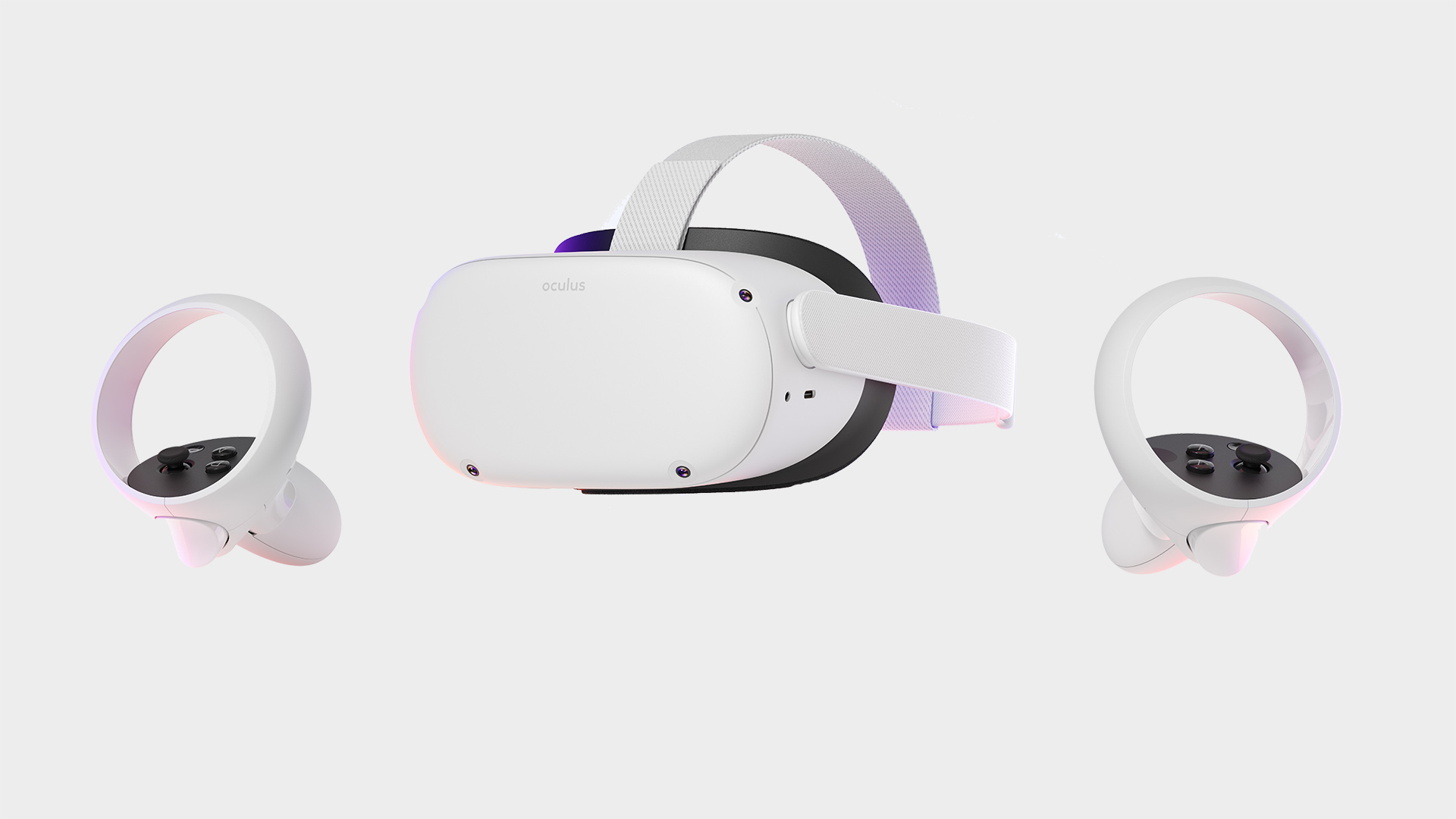
The Oculus Quest 2 both improves on the specs sheet of the original Quest and delivers it for cheaper. With a new LCD at 1832 x 1920 per eye, the Quest 2 offers exceptional clarity for an entry-level headset, through which you can enjoy a slew of games either purpose-built for the standalone headset, and thus rendered by the onboard Snapdragon XR2 chip, or beamed from your PC using Oculus Link and a compatible USB Type-C cable.
Thanks to Oculus Link, the Quest 2 becomes more than a standalone VR headset. It becomes an all-in-one VR Swiss army knife, capable of great on-the-move VR and gaming across SteamVR and Oculus Rift compatible titles. It's now capable of up to 90Hz refresh rate, thanks to a recent update, making it an even sweeter deal. There's even an update on the way that offers up support for 120Hz in some games, which is pretty incredible.
The Quest 2 is also one of the quickest headsets to setup on this list. With Inside-Out tracking and hand tracking built-in, you can go from unboxing to up-and-running in VR in just a couple of minutes.
There's only one hitch in the Oculus Quest 2's plan for virtual world domination: compulsory Facebook account login. The Oculus Quest 2 requires a Facebook account. The company says it's to better serve you, the customer, with services and products, although for a good while there the only discernible 'benefit' was direct to feed screenshots. Not great. If you're not a fan of Facebook's practices then you'd best scroll further down the list for a VR headset worth investing in, starting with Gabe's superb...
Read our full Oculus Quest 2 review.
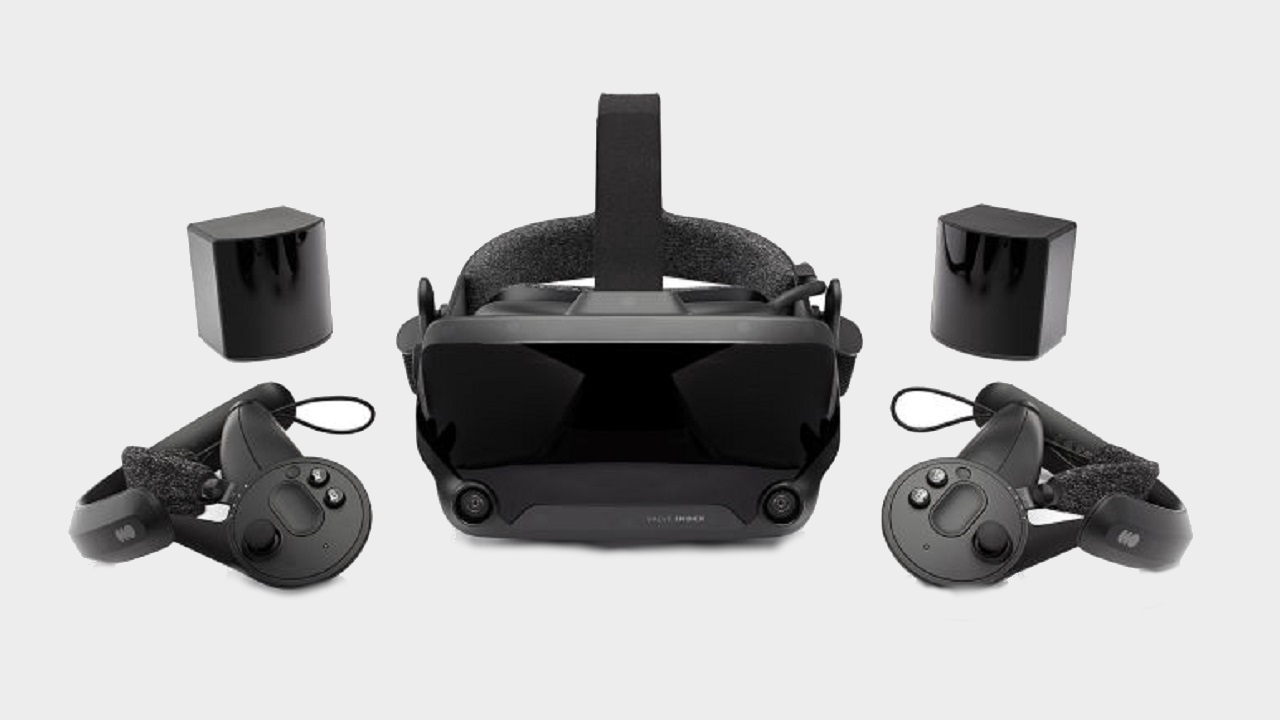
The Valve Index boasts some of the best visuals of any mainstream, commercially available HMD, with a display resolution equaling the Vive Pro, Quest, and Odyssey+ but paired with a 120Hz refresh rate (up to 144Hz in a currently unsupported, experimental mode). The FOV, at 130°, is also best-in-class, and there's virtually no detectable screen door effect inside the headset.
It also boasts some impressive technology and handy convenience features, like per-finger tracking on the excellent Index controllers, USB passthrough for future accessories, and fantastic, crystal clear audio via the near-field speakers, which hover just off the ears. It's also comfortable to wear, built from carefully selected, high-quality materials and top-notch weight distribution.
But all that comes at a price. It's the best VR headset on the market... if you don't consider the value proposition. At nearly a thousand dollars, the complete Index package costs more than double the Rift S or Quest price and almost precisely double the MSRP of the Odyssey+, which can be regularly found at a discount. There aren't many solid use cases for the finger tracking technology either, apart from Half-Life: Alyx, which you get for free.
Read the full Valve Index review.
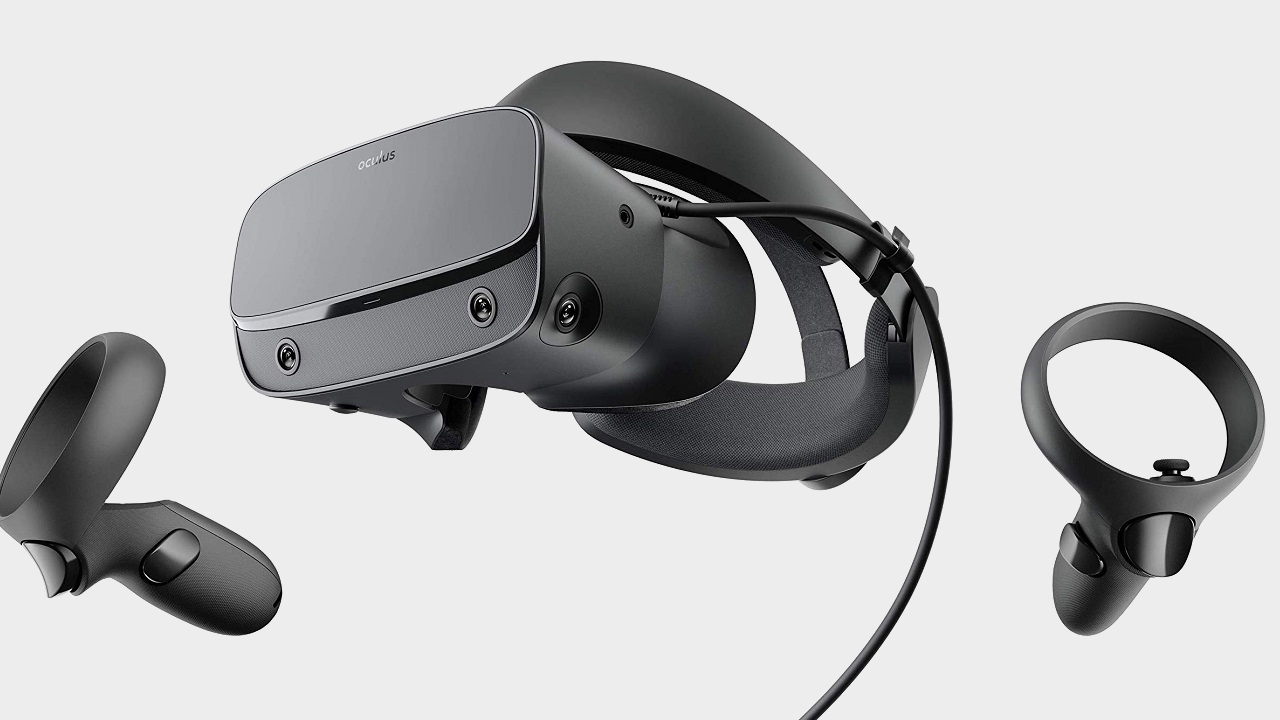
It's nearly time we say goodbye to the Oculus Rift S. According to Facebook, it will no longer be replenished at retailers, so what stock they have is it from here on out.
Should you snap one up before they're gone? Well, the Rift S was a decent proposition at one time, but in all honesty, it's largely been replaced by the Quest 2. At the high-end, there's the Valve Index in all its glory.
Still, in an effort to offer some alternative, if need be, the Oculus Rift S does a good job of entirely displacing its predecessor, the original Oculus Rift. It is definitively an upgrade, too, but it's being sold at the same price point the original retailed for. That said, it is also an odd step back in some baffling ways, with a slight decrease in refresh rate and in the fact it uses LCD lenses rather than OLED.
That said, the Rift S is easily the best mid-level wired headset you can buy for a PC. Not only does it have a deep library of games—a library that's matured and expanded tremendously since the launch of the original Rift—its higher resolution and more comfortable fit means the original Rift is now obsolete (unless, of course, you can find one at a deep discount). While the original may have a slight advantage in some of the categories mentioned above, the experience of wearing the Rift S is far superior, especially given that it fully supports inside-out tracking. That means you don't have to buy, wire up, and find a place for external sensors in your play space.
If you've already invested in a mid-tier or higher gaming PC, want a powerful headset, but don't want to spend a massive amount of cash for the privilege, the Rift S is a clear winner. It may be more of an iterative upgrade from the original than we initially hoped. However, it's still an excellent piece of hardware and a fantastic way for PC owners to dive into virtual reality for the first time.
Read the full Oculus Rift S review.
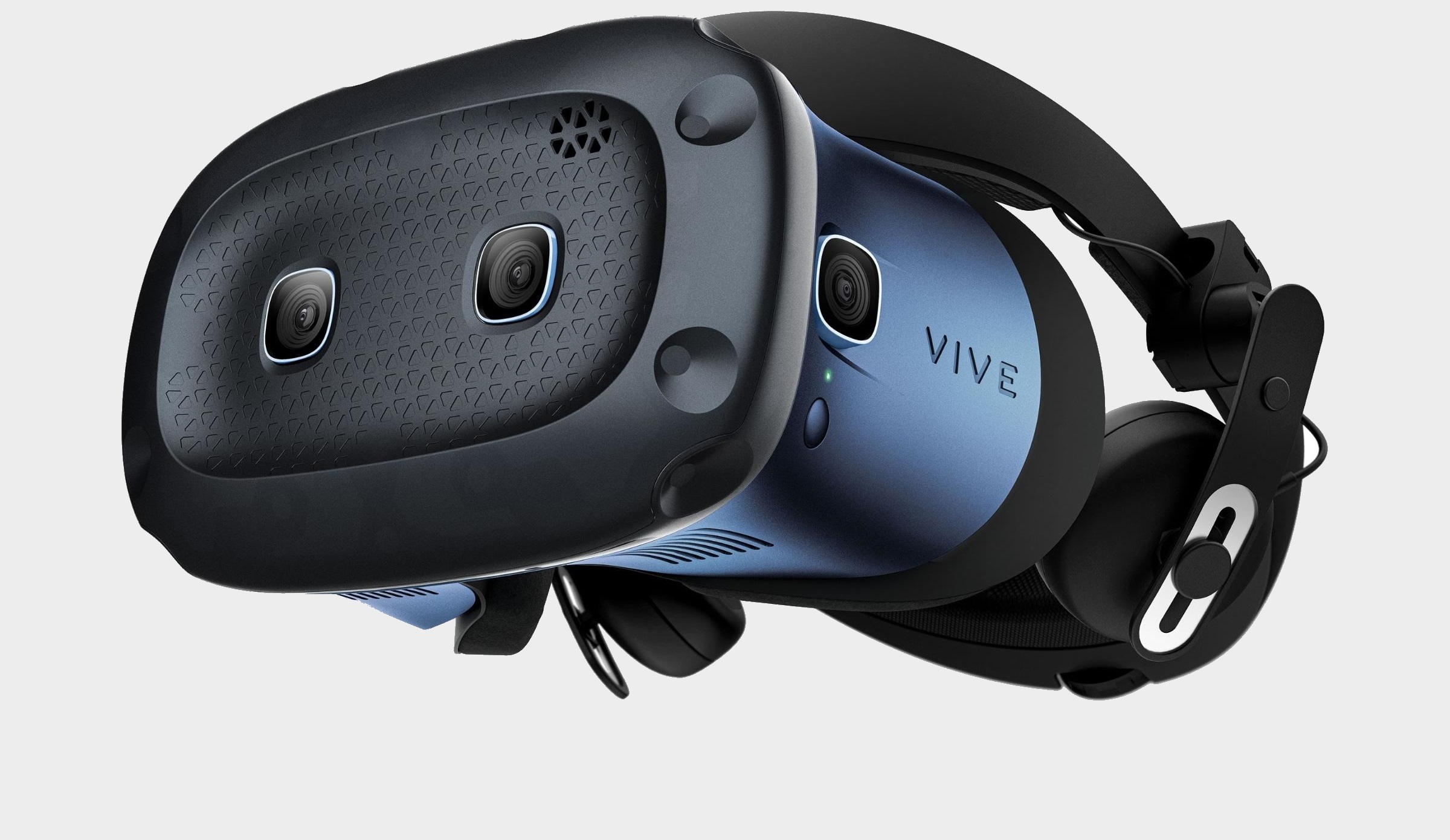
The HTC Vive Cosmos Elite is designed to address some of the original HTC Vive Cosmos problems while maintaining that model's core specifications. The dual 4.3-inch 1440 x 1700 displays running at 90 Hz really are worth holding on to. The Cosmos Elite comes bundled with Half-Life: Alyx and 6-months of Viveport Infinity subscription, which at the very least means there are lots of things to try out with your new headset.
The Cosmos Elite is essentially the original Cosmos bundled with the first generation base stations and controllers and a different faceplate. This means you lose some of the original's inside-out tracking's immediacies but get improved accuracy for the trouble. That's a hit that does feel reasonable in the right games (Half-Life: Alyx, for instance). You will need a decent area for you to throw your helmeted self around in, though.
The original launch price of the Cosmos Elite was prohibitively high at $899, and this is one of the reasons it didn't fare better in our review. Still, if you're looking for a premium VR gaming experience, you're going to have to pay a chunk for it, whichever solution you go for.
Read the full HTC Vice Cosmos Elite review.
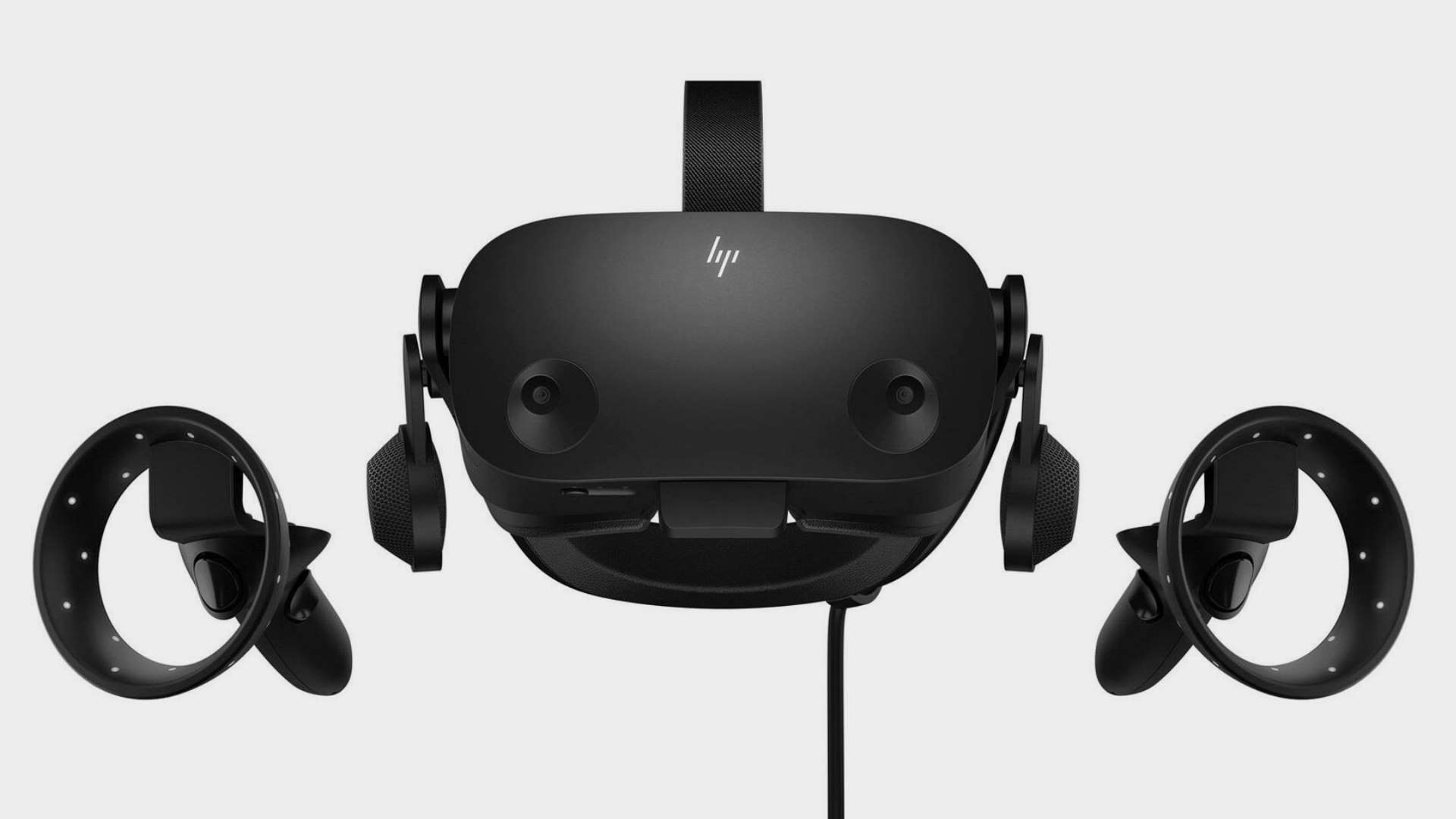
The HP Reverb G2 has won a place here with the best VR headsets thanks in no small part to its fantastic resolution. If future-proofing your setup in terms of image fidelity is your main concern, it will not disappoint. With 2160p per eye, the Reverb G2 manages to completely alleviate the screen door effect that can cause issues with some lower resolution headsets—provided you have a powerful enough GPU to handle it.
Still, even playing in lower resolutions you get to take advantage of great features like the highly inclusive, physical IPD toggle on the underside of the headset; the range is impressive compared to other options on the market. You also get a lovely long cable for large spaces and a comfortable headset, though it does fall down a little in terms of FOV.
The tracking space is also a little limited without base stations, but HP counters this with fantastic IMU gyro sensors that are pretty good at predicting movements beyond the tracking area, as long as they are fluid. Holding your hands still tells a different story, but this shouldn't make a difference in the majority of in-game situations.
So while the Reverb G2 might not have all the fancy greebles of some of the other headsets on the list, it has enough great features that do make it worth a look for the money.
Read the full HP Reverb G2 review.
Best gaming PC | Best gaming mouse | Best graphics card
Best CPU for gaming| Best wireless gaming mouse | Best wireless gaming keyboard
VR headset FAQ
What are VR lighthouses?
In order to keep track of your movements your VR headset needs to use some method of sensing both the headset itself as well as the controllers in your hands. The first VR headsets used what are known as lighthouses, individually placed sensors or positional trackers, which plugged into your PC.
This is the most accurate method of tracking, but is cumbersome and unless they're permanently installed in a room you'll need to set them up each time you want to play and that includes calibrating them anew every time.
What is inside-out tracking in VR?
Inside-out tracking means you don't need external sensors as the headset itself is able to keep track of both itself and the controllers around it. Originally this method wasn't as effective, wasn't quite as responsive, and broke immersion in-game. But with the best VR headset, the Oculus Quest 2, the tech is almost on par with the lighthouse in terms of responsiveness now. And is certainly far more convenient.
Are there wireless PC VR headsets?
The Quest 2 is a wireless headset, but you officially need to plug it into your gaming PC via a USB Type-C cable to enjoy the best VR headset experience with your rig. But there are now easily accessible ways to do that wirelessly, though you do need to have a Wi-Fi 6 router in order to deliver the level of throughput you require in order to not spend the entire time vomiting your guts up due to incessant lag.
The old Vive did have a wireless module you could add to the system which was almost effective, though in our experience the connection drop outs would not be something we could put up with long term.
The Valve Index could be due its own wireless module as some patents have emerged which seem to indicate a wireless headstrap has at least been considered for the company's stellar goggles.
Jargon buster - Virtual Reality busted
Field of view (FOV)
The field of view refers to the amount of an environment that's visible to an observer; in VR, it's the extent of the game world that's visible in the displays. A broader FOV in a headset is integral to a feeling of immersion.
Head-mounted display (HMD)
Broadly any wearable mounted on the head with graphical capabilities but often used to refer to VR headsets specifically.
Inside-out tracking
Systems used to track a user's movements in VR that originate in the headset, as opposed to outside-in tracking, where external sensors are used to track movement. Tracking, and the method used, is crucial to enable either three degrees of freedom (being able to look around in any direction in VR) or six degrees of freedom (being able to look around and move your body in any direction in VR).
Latency
The delay between an input and a response, in VR, the delay between user input through a controller, moving your head, or other methods, and the response on the headset displays. Low latency is vital to reducing nausea in VR, which is most intense when there's a delay or stuttering between moving or looking and the display reacting.
Resolution
Resolution is the measurement in pixels, horizontal and vertical, of an image or display. Higher resolution in VR is essential because the displays are so close to the user's eyes, which emphasizes jagged lines, pixelation, and the screen door effect.
Refresh rate
The number of images a display is capable of displaying per second, measured in hertz. The high refresh rate is essential for VR similarly to latency, as a low refresh rate can cause stuttering (or even the appearance of freezing), which can cause nausea.
Screen door effect (SDE)
The fine mesh-like effect of viewing an image rendered in pixels at close range, where the grid between pixels is visible. Higher resolutions (or proprietary solutions like that built into the Odyssey+) mitigate this effect.

Post a Comment